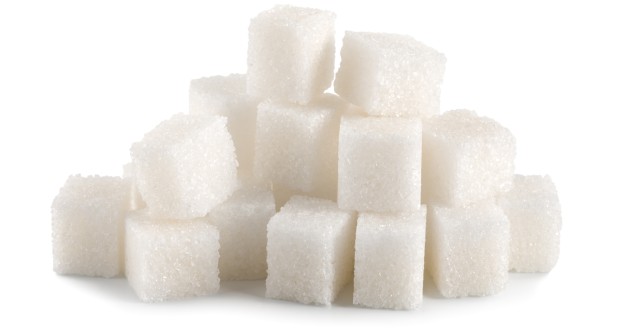Sugar has a fairly contradictory relationship with consumers. On one hand, we’re generally taught about the unhealthy nature of sugar at a pretty young age – remember when your mom told you couldn’t get that certain cereal or cookie brand because it was “too sugary”? On the other hand, shoppers just can’t seem to get enough of this sweet and powdery substance, to the point that sugar has become a cornerstone of the modern American diet.
The statistics tell quite a bitter tale of sugar’s stranglehold on consumers. The average American adult consumes about 22 teaspoons of sugar every day. For US children, this number increases to an even more disconcerting 32 teaspoons a day. Both amounts far exceed the American Heart Associations’ recommend daily limit of 9 teaspoons. If you can believe it, it is estimated that the each American consumes 130 pounds of sugar each year.
To make matters worse, quitting sugar isn’t exactly a cake walk. Though removing or significantly reducing sugar intake might be an almost insurmountable task, the consequences of failing to do so can easily be life threatening. A decades-long sugar habit has been linked to problems such as obesity and type 2 diabetes.
So how can a sugarholic curb his or her addiction to sugary junk foods? The good news is that there are a number of practical steps that can be taken to loosen sugar’s grip on your diet. If you find yourself unable to resist your cravings for products laced with sugar, consider adopting some or all of the following lifestyle changes.
Eat Smaller Meals More Frequently – One reason for strong sugar urges are imbalances in our body’s blood sugar levels. If your bloodstream begins to run low on sugar (known as glucose), you will likely start to crave items like cookies and soda. Eating small, healthy meals every two to three hours should keep your glucose levels in check, thereby preventing sugar cravings.
Replace Junk Food With Fruit – The next time you start to reach toward the cookie jar, stop yourself and instead get some fruit, such as an apple or banana. Yes, fruit has sugar, but it’s different from the sugar found in candy, pastries and cakes. Fruit contains natural sugar, which is usually packaged with fiber. It is the presence of this fiber that guards against glucose fluctuations.
Avoid Artificial Sweeteners – You might think that putting some sort of non-sugar sweetener in your drink is a great way to enjoy a tasty beverage without the ill aftereffects. Unfortunately, this line of thinking may very well be counterproductive. Some studies have linked artificial sweeteners to obesity and metabolic syndrome, a condition that can subsequently lead to heart disease, stroke and type 2 diabetes.
Get Sufficient Amounts of Protein – This piece of advice might seem a bit out of place – after all, how could protein have anything to do with controlling sugar intake? As it turns out, quite a bit. When eaten in combination with carbohydrates (such as whole grain bread), protein can help stabilize blood sugar levels. Adult men should consume 56 grams of protein daily, whereas for women the magic number is 46 grams.
Be Careful What You Eat – Think that low-fat yogurt you picked up earlier today is good for you? Think again; products marked as “low fat” are often filled to the brim with sugar. Take yogurt, for example. Some low fat yogurts can pack over 25 grams of sugar.
Know Sugar’s Aliases – In many cases, sugar will appear on a nutrition label under a different name. This isn’t a rare occurrence, as there are over 50 aliases that food producers use to put sugar into products. A partial list of these assumed identities is shown below:
|
|
|
|
|
|
|
|
|
|
 Natural Knowledge 24/7 Educate yourself with nutrition, health and fitness knowledge.
Natural Knowledge 24/7 Educate yourself with nutrition, health and fitness knowledge.






